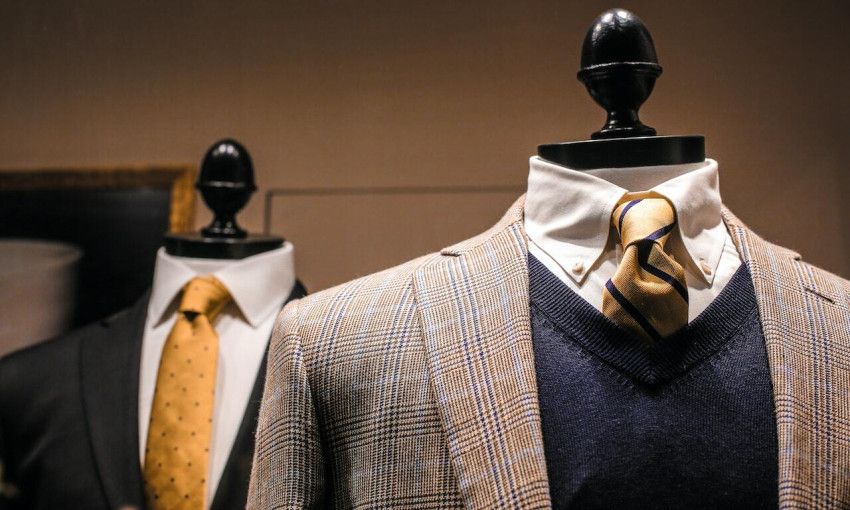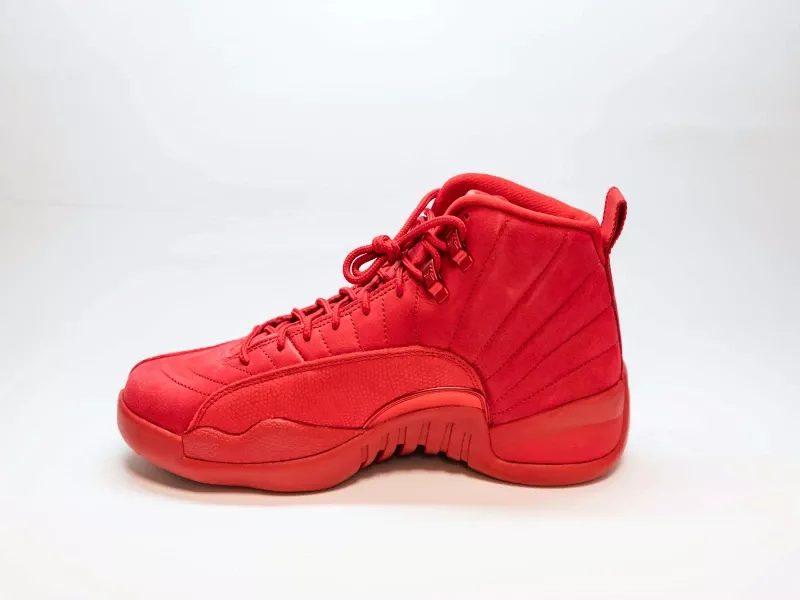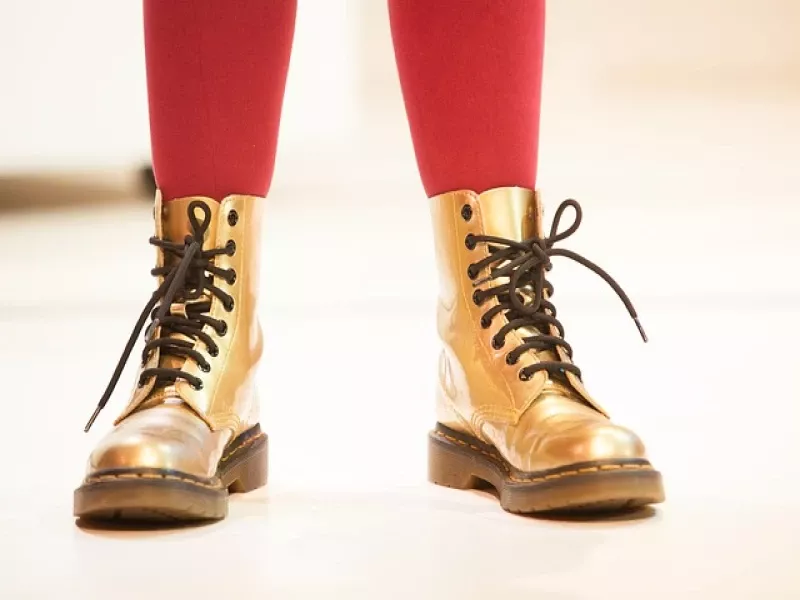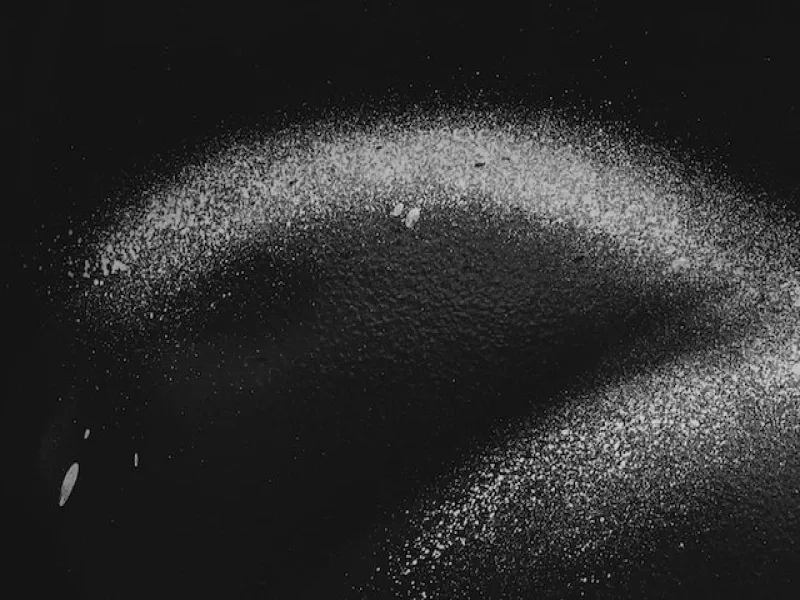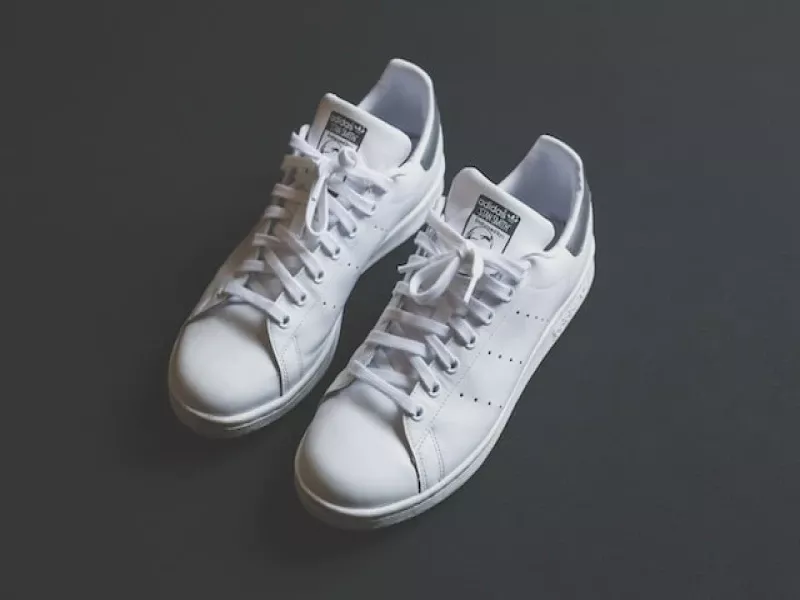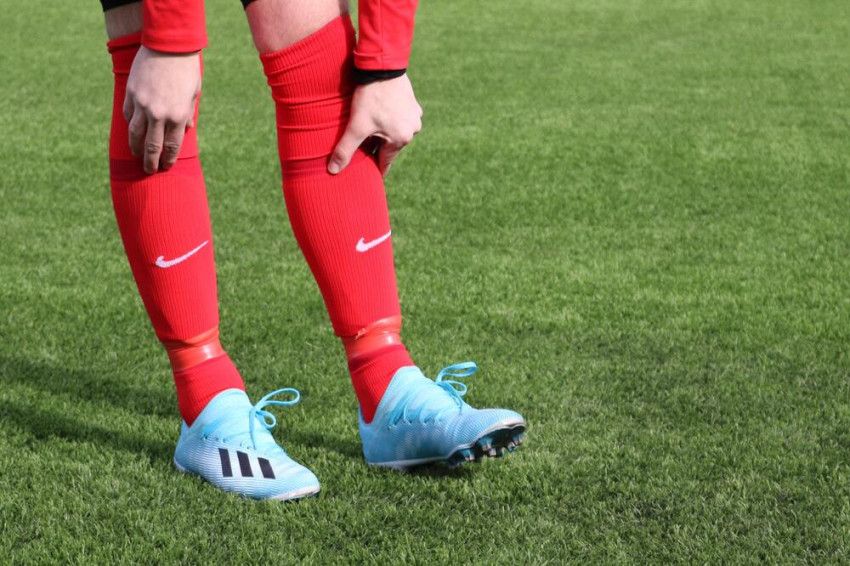
Buying soccer shoes for artificial ground
Artificial ground surfaces have become increasingly popular in modern soccer, offering a consistent playing surface in all weather conditions. As a result, it is essential to have the right soccer shoes for these surfaces to maximize your performance and prevent injuries. In this blog, we'll explore the differences between natural grass and artificial ground, why you need special soccer shoes for artificial ground, and the key factors to consider when making your purchase.
The differences between grass and artificial ground
While natural grass surfaces can be affected by weather conditions and regular wear and tear, artificial ground offers a consistent, flat surface for players. Artificial ground typically consists of synthetic fibers designed to mimic natural grass, with a layer of rubber infill to provide cushioning and support. The main differences between natural grass and artificial ground are the level of traction, surface evenness, and maintenance requirements. Artificial ground is more resistant to wear, which means it stays consistent throughout the season and requires less maintenance.
Why does artificial ground require special soccer shoes?
Artificial ground surfaces provide a different level of traction compared to natural grass. As a result, using shoes designed for natural grass on artificial ground can lead to a reduced grip, causing players to slip and potentially suffer injuries. In contrast, soccer shoes specifically designed for artificial ground have features that enhance traction and stability while reducing the risk of injury, such as unique stud configurations and materials that interact better with the synthetic surface.
What to pay attention to?
When choosing soccer shoes for artificial ground, several key factors need to be considered to ensure optimal performance and safety on the field. These factors include the outsole, stud configuration, and materials used in the shoe's construction.
Outsole material
The outsole material is crucial for providing the right amount of grip on artificial ground surfaces. Look for soccer shoes with a rubber or TPU (thermoplastic polyurethane) outsole, as these materials offer excellent traction on synthetic surfaces without causing excessive wear and tear.
Stud configuration
Artificial ground soccer shoes often feature shorter, more numerous studs compared to their natural grass counterparts. This stud configuration provides a better grip on the synthetic surface, distributing pressure evenly across the foot to minimize the risk of injury. When choosing soccer shoes for artificial ground, look for options with conical or bladed studs, as these shapes offer excellent stability and traction.
Upper material
The upper material of soccer shoes plays a role in comfort, touch, and durability. Synthetic materials, such as microfiber or mesh, are commonly used for artificial ground soccer shoes due to their lightweight and durable properties. These materials also adapt well to the synthetic surface, providing a comfortable fit and excellent touch on the ball.
Conclusion
In conclusion, artificial ground surfaces offer a consistent playing surface in all weather conditions and require the right soccer sneakers to maximize performance and prevent injuries. When making your purchase, consider the outsole, stud configuration, and upper material of the shoes to ensure they provide the right amount of grip, stability, and comfort on synthetic surfaces. With the right soccer shoes, you can enjoy a safe and enjoyable experience on the field.
Read more
Curious about more fashion tips? Check out our other blogs!
- The history of sneakers
- How to care for your jeans
- Ankle boots for women for every day
- How to polish your shoes the right way
- How to combine flat shoes with a dress of skirt
- How to pair boots with a dress
- 10 helpful tips against sweating
Get inspired, compare and purchase clothes and shoes safely and easily online at Dressed.com.
How to buy soccer shoes
What size soccer shoes should you buy?

